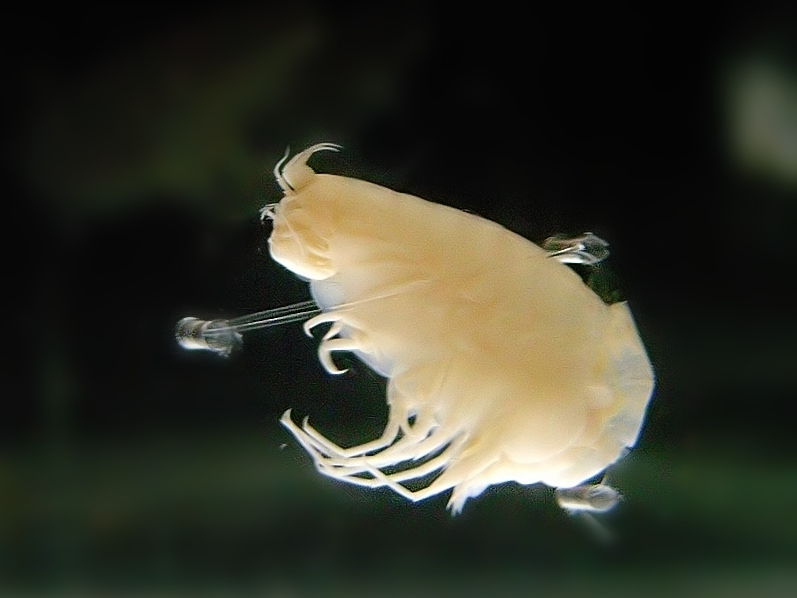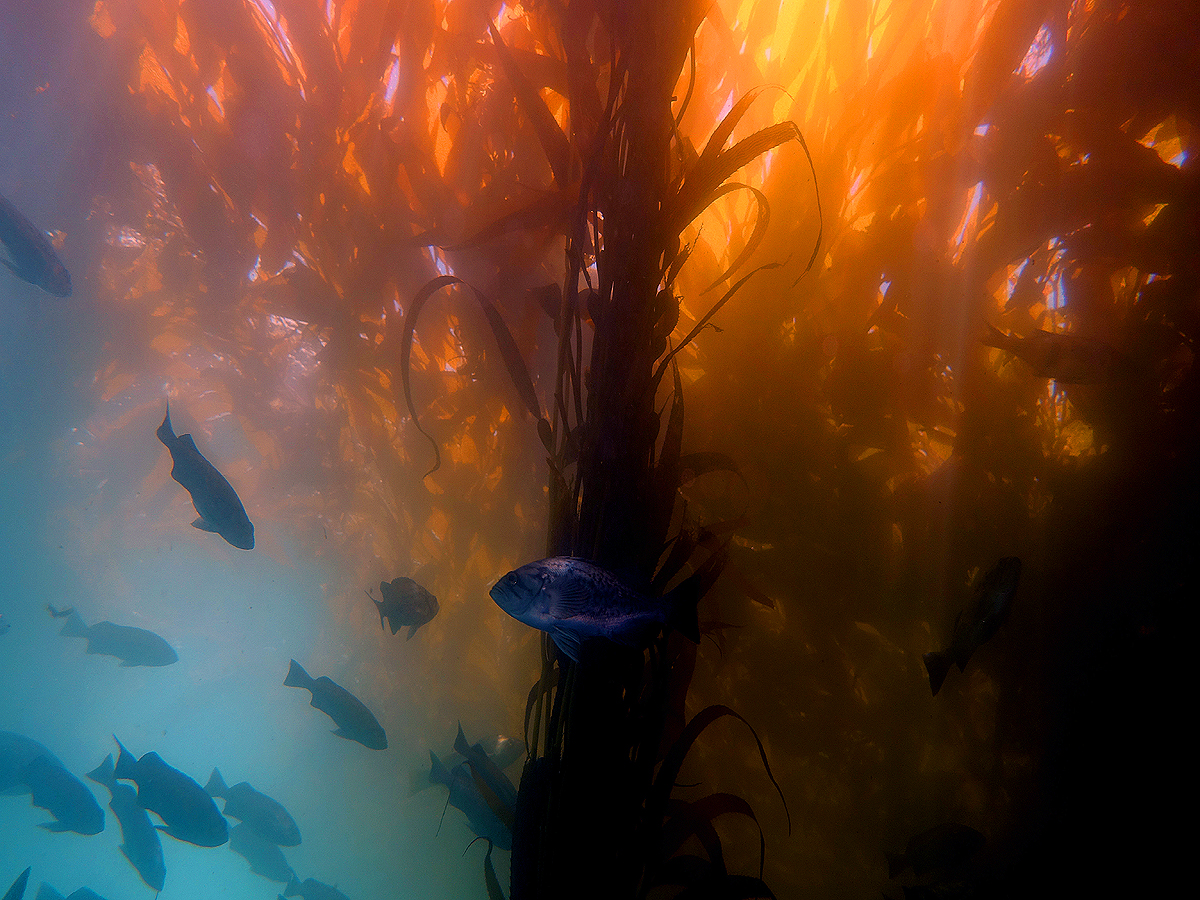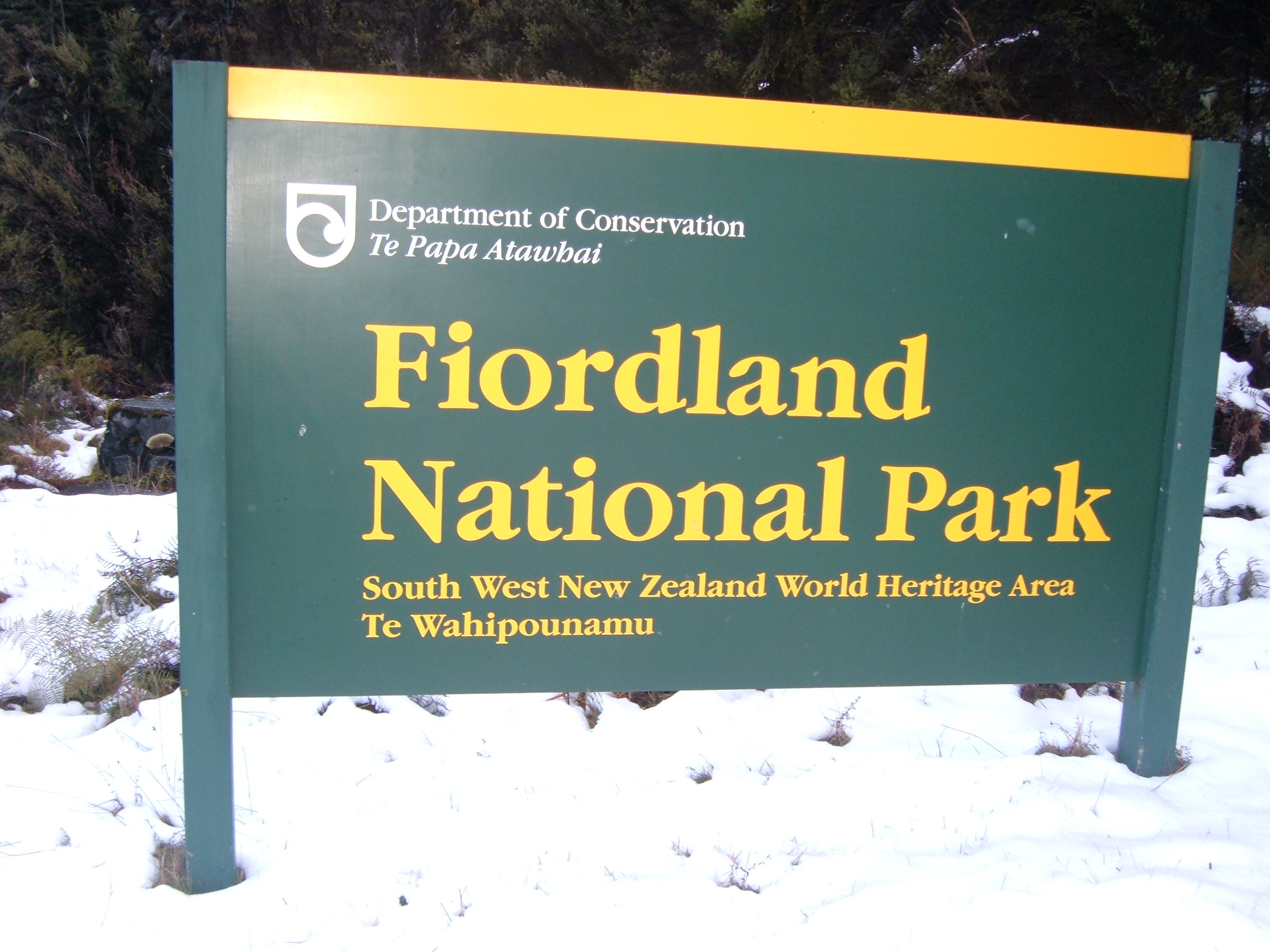|
Chiltonia
''Chiltonia'' is a genus of amphipod crustaceans endemic to New Zealand. Four species are known, three of which live in fresh waters. They were first discovered by Charles Chilton in 1898 and the genus ''Chiltonia'' was erected the following year by T. R. R. Stebbing in Chilton's honour. ''Chiltonia mihiwaka'' ''C. mihiwaka'' was the first of the species of ''Chiltonia'' to be described, when Charles Chilton named it in 1898 as a species in the genus '' Hyalella''. Subsequent taxonomic splits have restricted the name to the populations in the Southland and Otago regions in New Zealand's South Island. Chilton's original material was collected on Mihiwaka, a hill near Port Chalmers, Otago. Adults are approximately long, wide and deep. ''Chiltonia enderbyensis'' ''C. enderbyensis'' was named by Hurley in 1954 for the populations of ''Chiltonia'' living on New Zealand's subantarctic islands, namely Enderby Island (one of the Auckland Islands) and Campbell Island. Males a ... [...More Info...] [...Related Items...] OR: [Wikipedia] [Google] [Baidu] |
Thomas Roscoe Rede Stebbing
The Reverend Thomas Roscoe Rede Stebbing Fellow of the Royal Society, FRS, Fellow of the Linnean Society, FLS (6 February 1835, London – 8 July 1926, Royal Tunbridge Wells) was a British zoology, zoologist, who described himself as "a serf to natural history, principally employed about crustacean, Crustacea". Educated in London and Oxford, he only took to natural history in his thirties, having worked as a teacher until then. Although an ordained Anglican priest, Stebbing promoted Darwinism in a number of popular works, and was banned from preaching as a result. His scientific works mostly concerned crustaceans, especially the Amphipoda and Isopoda, the most notable being his work on the amphipods of the Challenger expedition, ''Challenger'' expedition. His zoological author abbreviation is Stebbing. Species he authored are listed at :Taxa named by Thomas Roscoe Rede Stebbing and bthis query Biography Thomas Roscoe Rede Stebbing was born on 6 February 1835 in Euston Square, L ... [...More Info...] [...Related Items...] OR: [Wikipedia] [Google] [Baidu] |
New Zealand Subantarctic Islands
The New Zealand Subantarctic Islands comprise the five southernmost groups of the New Zealand outlying islands. They are collectively designated as a UNESCO World Heritage Site. Most of the islands lie near the southeast edge of the largely submerged continent centred on New Zealand called Zealandia, which was riven from Australia 60–85 million years ago, and from Antarctica 85–130 million years ago. They share some features with Australia's Macquarie Island to the west. History Until 1995, scientific research staff were stationed permanently at a meteorological station on Campbell Island. Since then, the islands have been uninhabited, though they are periodically visited by researchers and tourists. Protection of reserves was strengthened in 2014, becoming the largest natural sanctuary in the nation. Islands ; Antipodes Islands: Antipodes Island, Bollons Island, the Windward Islands, Orde Lees Island, Leeward Island, South Islet ; Auckland Islands: Auckland ... [...More Info...] [...Related Items...] OR: [Wikipedia] [Google] [Baidu] |
Freshwater Crustaceans Of New Zealand
Fresh water or freshwater is any naturally occurring liquid or frozen water containing low concentrations of dissolved salts and other total dissolved solids. Although the term specifically excludes seawater and brackish water, it does include non- salty mineral-rich waters such as chalybeate springs. Fresh water may encompass frozen and meltwater in ice sheets, ice caps, glaciers, snowfields and icebergs, natural precipitations such as rainfall, snowfall, hail/ sleet and graupel, and surface runoffs that form inland bodies of water such as wetlands, ponds, lakes, rivers, streams, as well as groundwater contained in aquifers, subterranean rivers and lakes. Fresh water is the water resource that is of the most and immediate use to humans. Water is critical to the survival of all living organisms. Many organisms can thrive on salt water, but the great majority of higher plants and most insects, amphibians, reptiles, mammals and birds need fresh water to survive. Fresh w ... [...More Info...] [...Related Items...] OR: [Wikipedia] [Google] [Baidu] |
Gammaridea
Gammaridea is one of the suborders of the order Amphipoda, comprising small, shrimp-like crustaceans. Until recently, in a traditional classification, it encompassed about 7,275 (92%) of the 7,900 species of amphipods described by then, in approximately 1,000 genera, divided among around 125 families. That concept of Gammaridea included almost all freshwater amphipods, while most of the members still were marine. The group is however considered paraphyletic, and is under deconstruction by the amphipod taxonomists J. Lowry and A. Myers. In 2003 they moved several families from Gammaridea to join members of the former Caprellidea in a new suborder Corophiidea.A. A. Myers & J. K. Lowry (2003). "A phylogeny and a new classification of the Corophiidea Leach, 1814 (Amphipoda)". Journal of Crustacean Biology 23 (2): 443–485. doi:10.1651/0278-0372 Further, in 2013 another large suborder Senticaudata was established, which now encompasses much of the original Gammaridea, particularl ... [...More Info...] [...Related Items...] OR: [Wikipedia] [Google] [Baidu] |
Memoirs Of Museum Victoria
''Memoirs of Museum Victoria'' is a peer-reviewed annual scientific journal covering natural sciences pertinent to Victoria and/or the museum's collections. It is published by Museum Victoria and the editor-in-chief is Richard Marchant. The journal was established in 1906 as ''Memoirs of the National Museum of Victoria'', obtaining its current name in 1984. The journal is abstracted and indexed in Scopus Scopus is Elsevier's abstract and citation database launched in 2004. Scopus covers nearly 36,377 titles (22,794 active titles and 13,583 inactive titles) from approximately 11,678 publishers, of which 34,346 are peer-reviewed journals in top-l .... References External links * Biology journals Publications established in 1906 Annual journals English-language journals 1906 establishments in Australia {{sci-journal-stub ... [...More Info...] [...Related Items...] OR: [Wikipedia] [Google] [Baidu] |
Australia
Australia, officially the Commonwealth of Australia, is a sovereign ''Sovereign'' is a title which can be applied to the highest leader in various categories. The word is borrowed from Old French , which is ultimately derived from the Latin , meaning 'above'. The roles of a sovereign vary from monarch, ruler or ... country comprising the mainland of the Australian continent, the island of Tasmania, and numerous smaller islands. With an area of , Australia is the largest country by area in Oceania and the world's sixth-largest country. Australia is the oldest, flattest, and driest inhabited continent, with the least fertile soils. It is a megadiverse country, and its size gives it a wide variety of landscapes and climates, with deserts in the centre, tropical Forests of Australia, rainforests in the north-east, and List of mountains in Australia, mountain ranges in the south-east. The ancestors of Aboriginal Australians began arriving from south east Asia approx ... [...More Info...] [...Related Items...] OR: [Wikipedia] [Google] [Baidu] |
Kelp
Kelps are large brown algae seaweeds that make up the order Laminariales. There are about 30 different genera. Despite its appearance, kelp is not a plant - it is a heterokont, a completely unrelated group of organisms. Kelp grows in "underwater forests" ( kelp forests) in shallow oceans, and is thought to have appeared in the Miocene, 5 to 23 million years ago. The organisms require nutrient-rich water with temperatures between . They are known for their high growth rate—the genera '' Macrocystis'' and '' Nereocystis'' can grow as fast as half a metre a day, ultimately reaching .Thomas, D. 2002. ''Seaweeds.'' The Natural History Museum, London, p. 15. Through the 19th century, the word "kelp" was closely associated with seaweeds that could be burned to obtain soda ash (primarily sodium carbonate). The seaweeds used included species from both the orders Laminariales and Fucales. The word "kelp" was also used directly to refer to these processed ashes. Description In mo ... [...More Info...] [...Related Items...] OR: [Wikipedia] [Google] [Baidu] |
Freshwater
Fresh water or freshwater is any naturally occurring liquid or frozen water containing low concentrations of dissolved salts and other total dissolved solids. Although the term specifically excludes seawater and brackish water, it does include non- salty mineral-rich waters such as chalybeate springs. Fresh water may encompass frozen and meltwater in ice sheets, ice caps, glaciers, snowfields and icebergs, natural precipitations such as rainfall, snowfall, hail/ sleet and graupel, and surface runoffs that form inland bodies of water such as wetlands, ponds, lakes, rivers, streams, as well as groundwater contained in aquifers, subterranean rivers and lakes. Fresh water is the water resource that is of the most and immediate use to humans. Water is critical to the survival of all living organisms. Many organisms can thrive on salt water, but the great majority of higher plants and most insects, amphibians, reptiles, mammals and birds need fresh water ... [...More Info...] [...Related Items...] OR: [Wikipedia] [Google] [Baidu] |
New Zealand Threat Classification System
The New Zealand Threat Classification System is used by the Department of Conservation to assess conservation priorities of species in New Zealand. The system was developed because the IUCN Red List, a similar conservation status system, had some shortcomings for the unique requirements of conservation ranking in New Zealand. plants, animals, and fungi are evaluated, though the lattermost has yet to be published. Algae were assessed in 2005 but not reassessed since. Other protists have not been evaluated. Categories Species that are ranked are assigned categories: ;Threatened This category has three major divisions: ::*Nationally Critical - equivalent to the IUCN category of Critically endangered ::*Nationally Endangered - equivalent to the IUCN category of Endangered ::*Nationally Vulnerable - equivalent to the IUCN category of Vulnerable ;At Risk This has four categories: ::*Declining ::*Recovering ::*Relict ::*Naturally Uncommon ;Other categories ;;Introduced and Natu ... [...More Info...] [...Related Items...] OR: [Wikipedia] [Google] [Baidu] |
Department Of Conservation (New Zealand)
The Department of Conservation (DOC; Māori: ''Te Papa Atawhai'') is the public service department of New Zealand charged with the conservation of New Zealand's natural and historical heritage. An advisory body, the New Zealand Conservation Authority (NZCA) is provided to advise DOC and its ministers. In addition there are 15 conservation boards for different areas around the country that provide for interaction between DOC and the public. Function Overview The department was formed on 1 April 1987, as one of several reforms of the public service, when the '' Conservation Act 1987'' was passed to integrate some functions of the Department of Lands and Survey, the Forest Service and the Wildlife Service. This act also set out the majority of the department's responsibilities and roles. As a consequence of Conservation Act all Crown land in New Zealand designated for conservation and protection became managed by the Department of Conservation. This is about 30% of New ... [...More Info...] [...Related Items...] OR: [Wikipedia] [Google] [Baidu] |
Riverton, New Zealand
Riverton / Aparima is a small town west of Invercargill and located on the south-eastern shorelines of the Jacobs River Estuary. This is formed by the Aparima and Pourakino rivers, leading through a narrow outflow channel into Foveaux Strait. Accessible via on the Southern Scenic Route, the main part of the town is on flat land (the Southland Plains) and the northern end of Oreti Beach. South Riverton is built on the hills (the Longwood Range) between the eastern shore of the estuary and Taramea Bay.McLintock, A. H. ''An Encyclopedia of New Zealand Volume 3'' Riverton is the oldest permanent settlement of Southland and one of New Zealand's oldest towns. In 2011 Riverton residents celebrated the town's 175th anniversary. The main industry is fishing. Farming (especially dairying) has become more important economically as the fishing industry has been less productive due to competition and climate change. Support services such as transport, irrigation, engineering and v ... [...More Info...] [...Related Items...] OR: [Wikipedia] [Google] [Baidu] |




